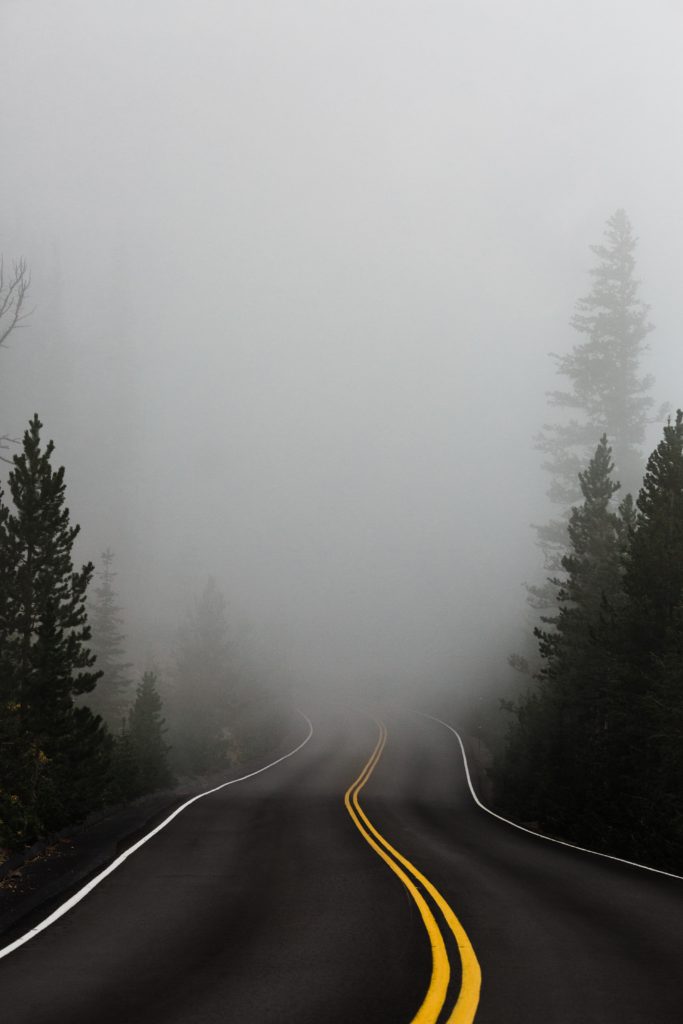
In the previous post I observed that the biblical writers often used other works as they composed their writings—and that they didn’t confine themselves to other biblical works.
Here are the specifics.
I like to organize these references into 2 categories:
- Consultation, by which I mean that the author says, “This is also recorded in such-and-such a document.”
- Allusion or quotation, where the author quotes, loosely or directly, from another source, whether he specifies it or not.
First the consultations.
Jewish Sources
- Book of Genealogies (Gen 5.1)
- Book of Jasher (Josh 10.13; 2Sam 1.18)
- Book of Nathan the Prophet (1Ch 29.29; 2Ch 9.29)
- Prophecy of Ahijah the Shilonite (2Ch 9.29)
- Visions of Iddo the Seer (2Ch 9.29; 12.15; 13.22)
- Book of Shemaiah the Prophet (2Ch 12.15)
- Book of the Acts of Solomon (1K 11.41)
- Book of Gad the Seer (1Ch 29.29)
- Sayings of the Seers (2Ch 33.19)
Note that two passages, 1Ch 29.29 and 2Ch 9.29, are particularly rich in these consultations.
I also note that these sources cannot be divinely inspired, since they have not been preserved, as God promised that his Word would be.
A Persian Source
- The author of Esther (perhaps Mordecai?) consulted “The book of the chronicles of the kings of Media and Persia” (Es 10.2)—perhaps in the same warehouse where the unnamed servant grabbed a clay tablet at random to read to Xerxes so he could sleep (Es 6.1).
And now the allusions and quotations. Where possible I’ve included links to the sources on the internet so you can check ‘em for yourself.
Jewish Sources
- Book of the Wars of the Lord (Num 21.14; cf Ex 17.14)
- Jannes and Jambres (2Tim 3.8)—text not available online
- Martyrdom of Isaiah 1.9-10, 5.11-12 (Heb 11.37)
- Assumption of Moses (lost fragment) (Jude 9)
- 1 Enoch 1.9 (Jude 14-15)
- 1 Enoch 21.10 (?) (2Pt 2.4)
Pagan Sources
- Aeschylus, Agamemnon l. 1915 / 1624 (Acts 9.5)
- This is included in Jesus’ words to Paul from heaven. Jesus’ sentence is clearly the same as the line from “Agamemnon,” but we can’t be certain that Jesus is quoting that poem. It’s possible that Aeschylus’s line became common in the ancient culture—similar to, say, “Early to bed and early to rise”—and Jesus is simply referring to the popular expression.
- Epimenides, Cretica (Acts 17.28a; Titus 1.12-13)
- Aratus, Phaenomena l. 5 (Acts 17.28b)
- Menander, Thais 218 (1Cor 15.33)
So What?
What does all this mean?
- The Spirit-driven biblical writers used sources, including pagan sources, with no apparent discomfort.
- They did so using the standard practices of their day; for example, Paul uses a couple of lines about Zeus and applies them to the Lord. The hearers would be expected to understand what he was doing, and there was no intent to deceive.
Here’s what it doesn’t mean. It doesn’t mean that the source is inspired. We do not “live, and move, and have our being” in Zeus.
One closing note.
Jude cites 1 Enoch in his epistle. Now, we know that the biblical Enoch is not the author of everything in 1 Enoch—but there’s no reason that the traditions on which 1 Enoch is based couldn’t have included some authentic statements of the ancient saint. If Jude had simply cited 1 Enoch without any comment, it wouldn’t matter whether or not what he quoted was actually spoken by Enoch. But he puts it this way:
And Enoch also, the seventh from Adam, prophesied of these, saying … (Jude 14).
In my opinion, Jude is stating that the historical Enoch, seven generations from Adam (and long before “1 Enoch” was written), said these words. And since Jude is inspired, I believe that the verse he quotes from 1 Enoch is in fact an authentic saying of the ancient prophet.
Have fun with all this.
Photo by madeleine ragsdale on Unsplash


